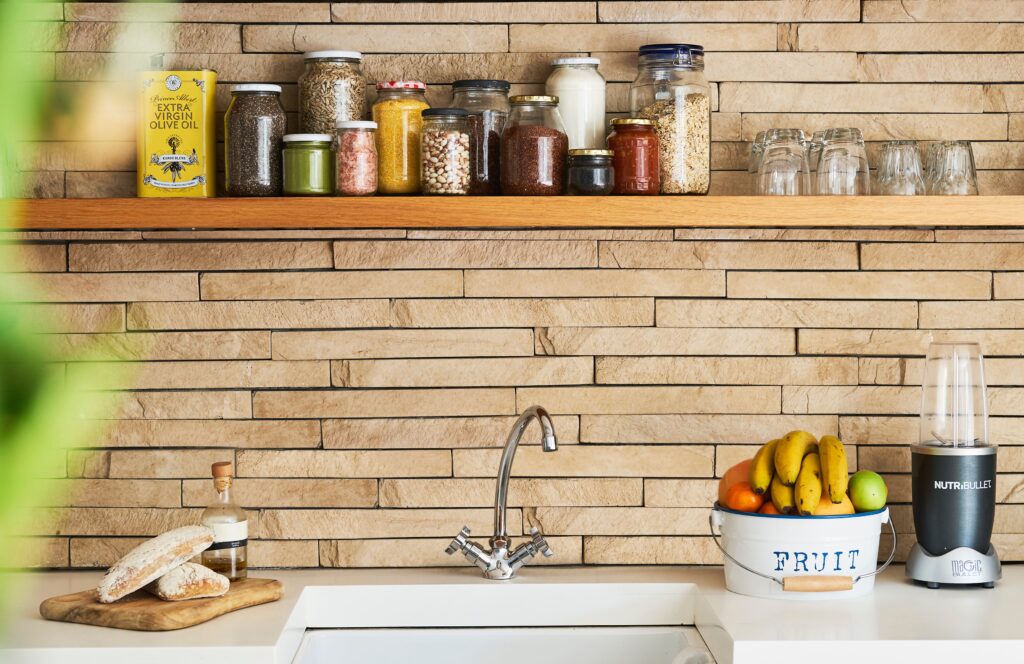Green home design is a trend that’s here to stay —
91% of home builders now use energy-efficient methods, systems, and materials on all their projects — even for homes not officially labeled “eco-friendly”, according to a new report from the National Association of Home Builders. Whether it’s to lower energy costs, save resources, or increase property value,
sustainable home design offers plenty of benefits. Even better, incorporating green design doesn’t have to be difficult or costly for homeowners.
Sustainable heating and cooling
The average U.S. household spends roughly
$1,856 on home energy bills, with at least half of that spent on heating and air conditioning. As such, innovative, responsible, and cost-effective heating and cooling systems are becoming increasingly popular in green home design,
Mangum reveals. Geothermal technology, specifically, is a great alternative to expensive and energy-intensive heating and cooling. It keeps the home cool in the same way air conditioning does; however, the heat is collected and stored underground instead of going to waste. The earth is able to keep the stored heat at the same temperature all year round. In the winter, this heat is used to warm the home. Installing a geothermal system in your home can reduce your energy bills, minimize your carbon footprint, and leave a lighter impact on the environment.
Renewable Energy
Renewable energy is an essential part of sustainable energy development and helps reduce the effects of climate change caused by human activity. It also reduces pollution and the use of fossil fuels in the transport sector. There are a wide variety of different renewable energy technologies which employ various forms of renewable energy resources, such as hydro-power (water), biomass (organic matter), and wind/solar power.
Solar power is an increasingly popular alternative source of energy, ideal renewable energy for your home because it won’t run out and it doesn’t emit any toxic materials that can harm the environment. The process of converting solar energy into usable electricity is accomplished with a simple concept: Solar panels capture sunlight, which is converted to electricity by cells. Using the sun as a resource spreads out the impact on the Earth’s ecosystems and reduces our dependence on fossil fuels and radiation-emitting nuclear plants.
Smart lighting
Smart home technology is becoming an increasingly affordable and accessible way to improve your home’s energy management. In particular, smart lighting can help save electricity and lower bills. In fact, wasted electricity from lighting
contributes to 17% of carbon emissions. Fortunately, smart lights can be easily controlled and switched off from a smartphone app, which means you no longer need to worry about accidentally leaving the lights on. Additionally, smart dimmers allow you to easily adjust the brightness of your lights. Lights are usually set brighter than really needed. You likely won’t notice when they’re set to 80%, but your energy bill will be cheaper.
Responsible water use
Americans use roughly 88 gallons of water at home everyday. Simply switching to water-efficient fixtures and appliances around your home is an easy way to use 20% less water and save this precious resource. In particular, tankless water heaters, Energy-Star rated washers, and aerating, low-flow faucets and showerheads that mix water and air to create a mist spray can ensure effective water conservation. Additionally, capturing your own rainwater on your property is becoming a popular sustainable option. Rainwater collection barrels are cost-effective and hold roughly 50-60 gallons of water. Most simply, you can use captured rainwater to maintain landscapes, irrigate your garden, grow vegetables, and fill water features to eliminate unnecessary water use.
Investing in eco-friendly home design is a great way to increase your home’s value, lessen your impact on the environment, and boost the performance of your home. Sustainable heating and cooling, lighting, and water use are simple ways you can adopt the green trend in your home.

